The Asia-Pacific Journal, Vol. 13, Issue. 37, No. 2, September 14, 2015
Robin O’Day
SEALDs demonstration, August 23, 20152 |
Freeters protest at the “May Day 2008, Freedom and Existence: Precariats Multiply and Connect” (jiyū to seizon no me-de-2008: purekaria-to wa zōsyoku/renketsu), May 3, 2008. Shinjuku, Tokyo, Japan. |
…the so-called “precariat,” or the precariousness of many workers these days is influenced by so-called “neoliberal” tendencies. That neoliberalism is the release of the instincts of capitalists or general capital…If I can put it very very simply, that is what neoliberalism looks like. In general we are against that kind of tendency, so in demonstrations and on some other occasions we speak out against that kind of tendency. So one thing that is clear is if someone thinks it is okay for society to go in the direction of neoliberalism or capitalism, such a person cannot be a member of our union.
Protestors dressed in cosplay outfits are part of the characteristics of freeter protests. Freedom and Existence May Day protest. May 4, 2009. Miyashita Park, Tokyo, Japan. |
Riot police tightly control the “May Day 2008, Freedom and Existence:Precariats Multiply and Connect” protest May 3, 2008. Tokyo, Japan. |
…we think that social movements before us seemed unapproachable, scary and uncool for young people. I don’t mean to totally disregard all the old social movements that have happened before us, and I know that there have been people who did something meaningful and fought for their causes. However, they were a bit hard for us to identify with, so we are trying to get rid of that scary image. I think it’s an important factor to be fashionable and to use music in order to attract our generation so that we can raise our voice.3
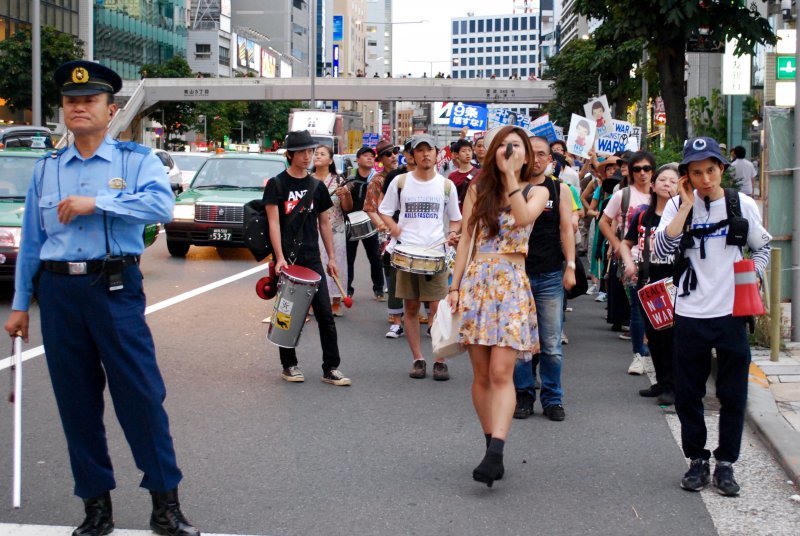 |  |
| SEALDs demonstration, Shibuya, August 23, 2015 | |
We need to attract regular university students who would otherwise be uninterested in social movements. Until now, it was fine to have social movements only amongst those activists, but now we are in the situation where we need to get people who would not be interested in or care about social issues. I think there are many reasons why previous social movements have failed and disappeared, but I think their way of doing things is just old; not to mention they look uncool…So we needed to refresh the image itself in order to attract regular university students who grew up with new things and are not interested in social issues.
Protest Posters at the SEALDs demonstration, August 23, 2015, Shibuya |
Sometimes we are criticized because of the fact that we are all university students, but that’s who SEALDs are. We are people who can go to university: who can receive the opportunity to get an education even if we have to borrow money from scholarship programs. I don’t know if we call it the environment we grew up in, but we are from a certain social class so we are not like those contract (haken) workers who are having a hard time making ends meet and lashing out in anger toward the establishment.
Our actions are backed up with our education, so I think that’s why our movement has become successful and that is a big difference. People sometimes criticize us saying that we are the social class that has not committed to any social movement, and that we should just do something else if we have freedom (yoyu). But we are just different from those types of people who have participated in the old movements—we do have freedom, and we do have an education.
Our movement is not our life; it is a part of our life not our whole life. I went to class yesterday as usual, and we have rappers, people who do music, people who just study, people who are trying to be teachers, we have all kinds of people, and our movement is a part of what we do in our life but not our whole life. If you focus on the movement and movement only, you will become narrow.
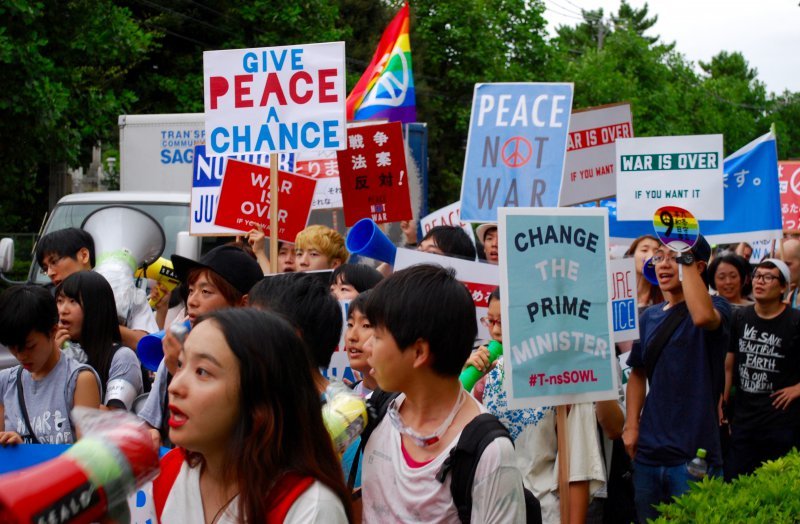
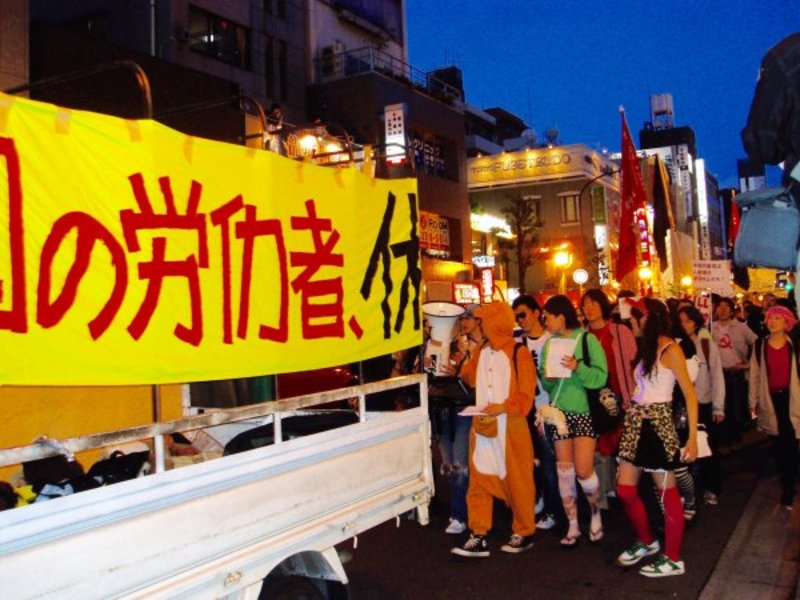
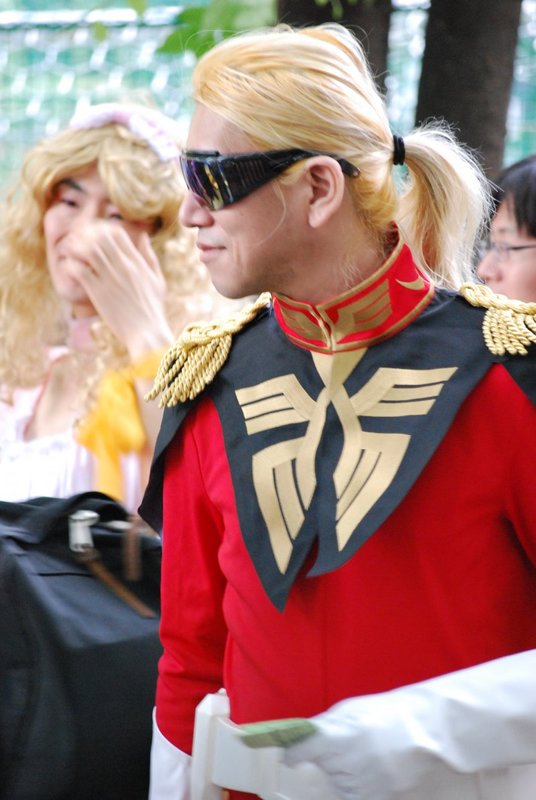
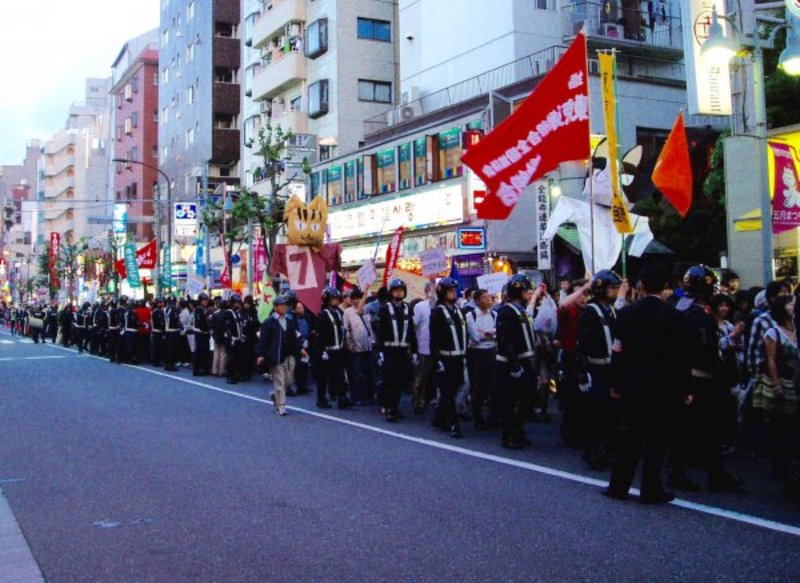
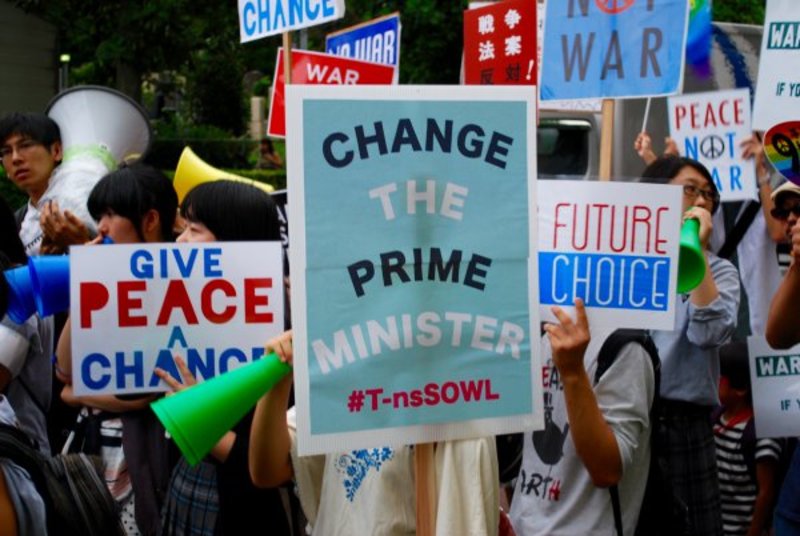
Leave a Reply
You must be logged in to post a comment.